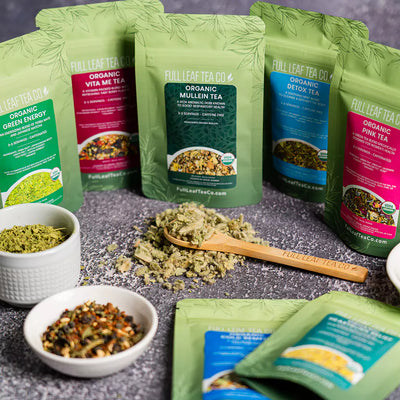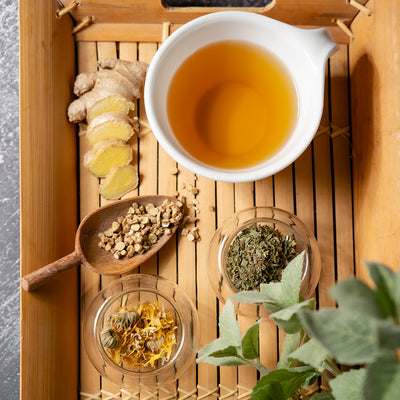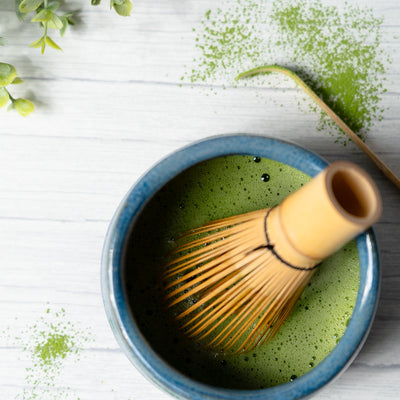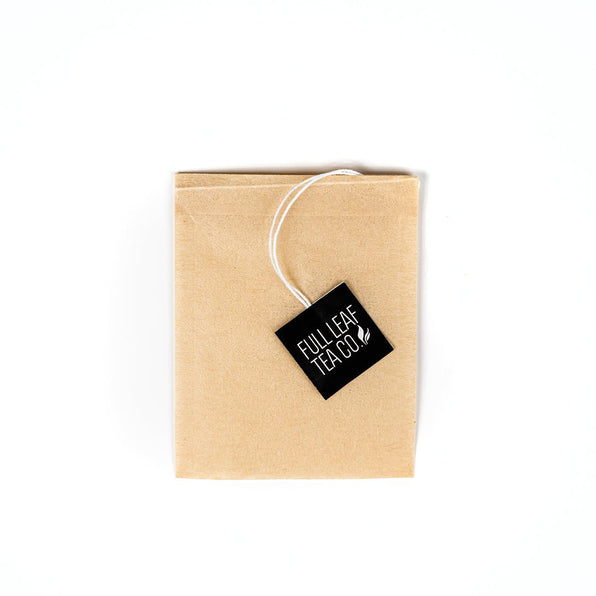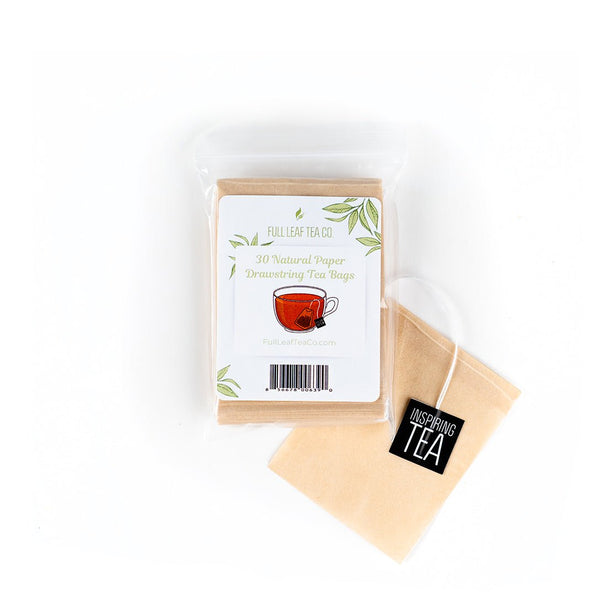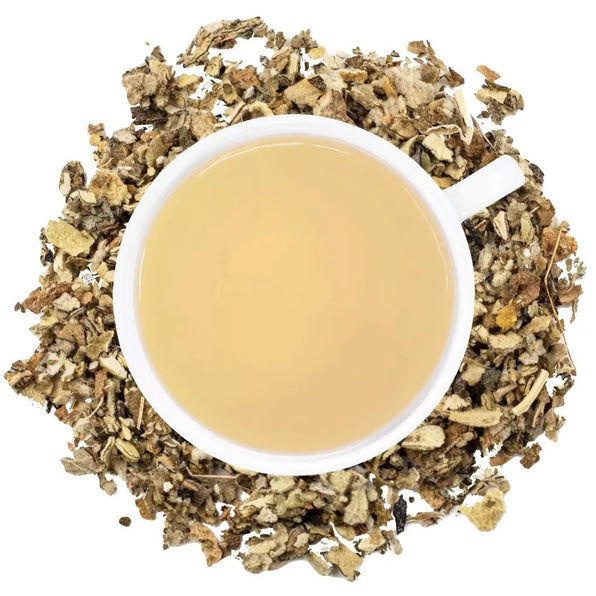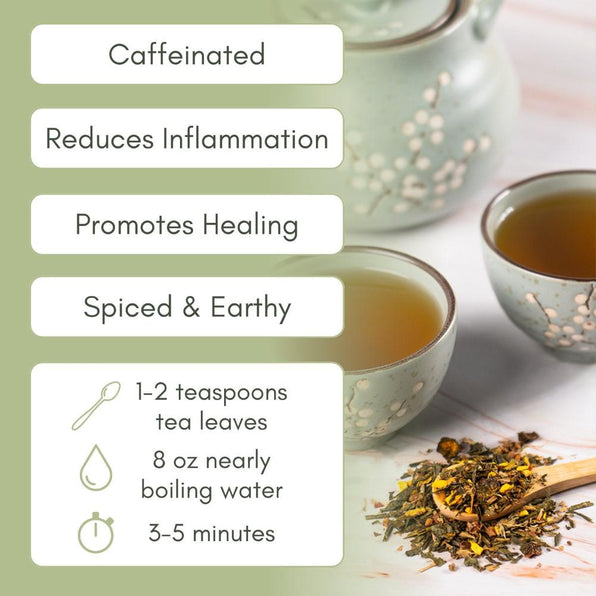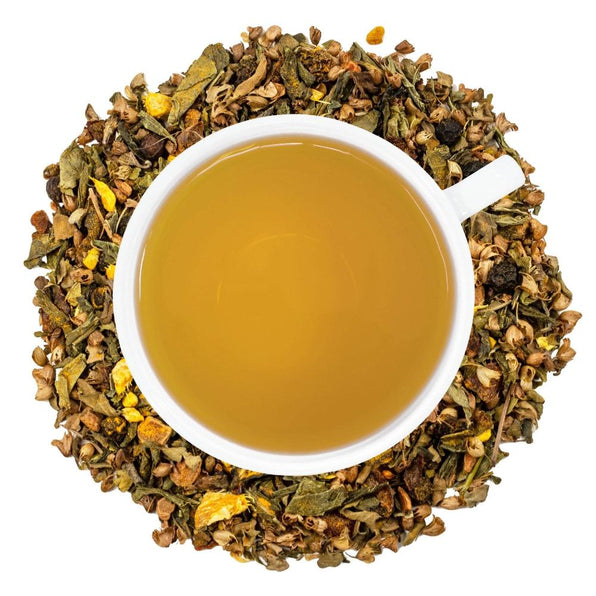What is Sage?
Sage, known scientifically as Salvia officinalis, is a perennial, evergreen subshrub with woody stems, grayish leaves, and blue to purplish flowers. It is a member of the mint family and is native to the Mediterranean region but has been cultivated in many parts of the world due to its culinary and medicinal properties. Sage has been used for centuries in both cooking and traditional medicine. Its strong, earthy flavor and fragrant aroma make it a staple in various dishes, particularly in European and Middle Eastern cuisines.
In addition to its culinary uses, sage is celebrated for its medicinal qualities. The leaves contain numerous bioactive compounds, including flavonoids, phenolic acids, and essential oils, which contribute to its therapeutic effects. Ancient cultures valued sage for its healing properties, using it to treat a wide range of ailments, from digestive issues to cognitive disorders. Today, sage remains a popular herb for both its taste and its health benefits.

